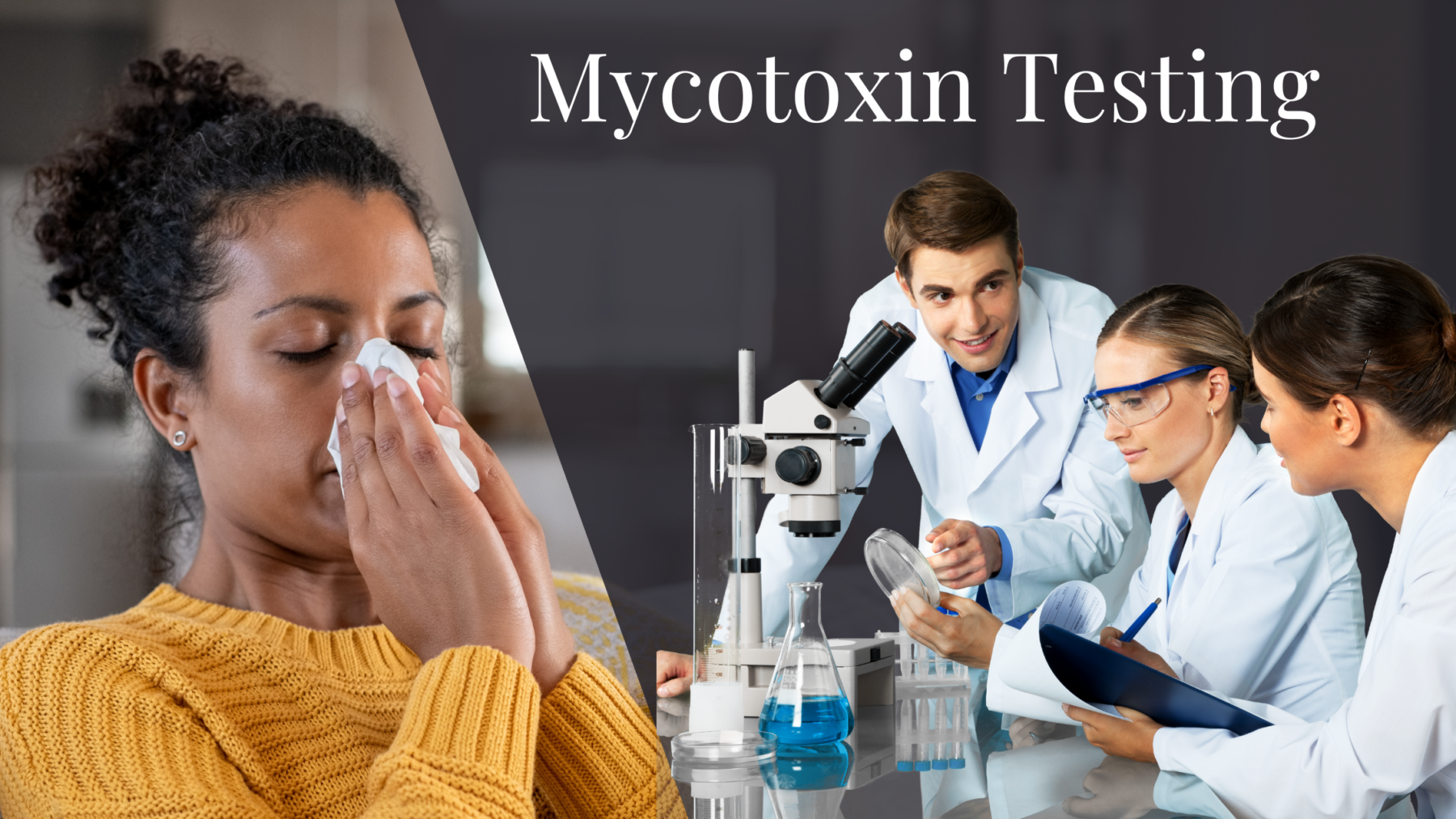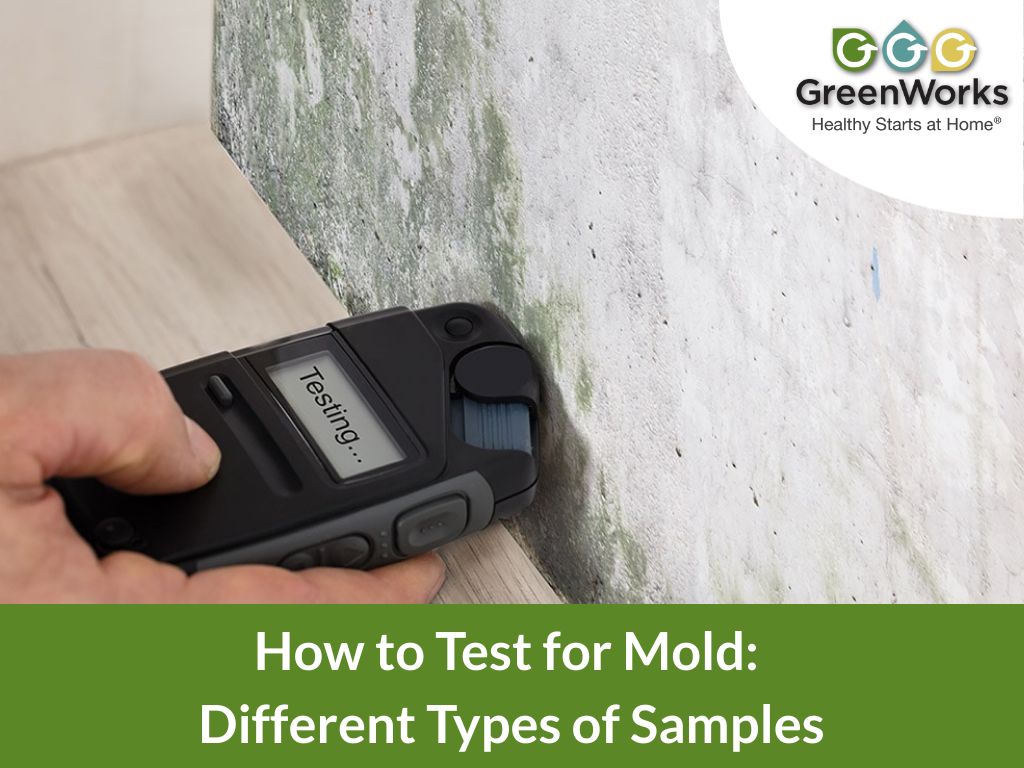Selecting the Right Mycotoxin testing Services for Your Company
Selecting the Right Mycotoxin testing Services for Your Company
Blog Article
The Need of Mycotoxin Examining in Agricultural Products to Ensure Consumer Safety
The necessity of mycotoxin screening in farming products is a vital facet of public health and safety and security that requires thorough examination. Mycotoxins, poisonous compounds created by specific fungi, can penetrate various plants, leading to considerable health and wellness dangers for customers, such as cancer causing impacts and body organ damage.
Understanding Mycotoxins
Mycotoxins, toxic secondary metabolites created by certain fungi, provide a substantial danger to agricultural products and human health. These substances are created by various varieties of mold and mildews, such as Aspergillus, Fusarium, and Penicillium, which can infect plants both pre- and post-harvest - Mycotoxin testing Services. One of the most typical mycotoxins include aflatoxins, ochratoxin A, fumonisins, zearalenone, and deoxynivalenol (DON)
Mycotoxin contamination can occur under certain ecological conditions, such as high humidity and temperature level, which prefer the growth of mold. Agricultural products like grains, nuts, spices, dried out fruits, and coffee are particularly susceptible. The visibility of mycotoxins in these commodities can result in substantial financial losses as a result of minimized crop returns and the need for extensive screening and decontamination procedures.
Recognizing the biochemical nature and formation of mycotoxins is crucial for creating effective reduction techniques. Research study has revealed that mycotoxins exhibit a variety of chemical structures and residential or commercial properties, making discovery and removal difficult. Advanced logical strategies, including chromatography and mass spectrometry, are utilized to recognize and quantify mycotoxins in farming items, guaranteeing that contamination degrees stay within secure limitations developed by governing bodies.
Wellness Risks of Mycotoxins
Offered the significant dangers connected with mycotoxins in agricultural items, recognizing their impact on health is paramount. Mycotoxins, hazardous secondary metabolites created by fungi, posture severe hazards to both animal and human health and wellness.
Acute mycotoxin poisoning, although much less usual, can trigger serious and instant health issue such as liver damages, intestinal disturbances, and hemorrhaging. Ochratoxin A, one more powerful mycotoxin, is connected to kidney damages and has prospective cancer causing results. Fumonisins, largely influencing maize, are associated with esophageal cancer cells and neural tube issues.

Typical Resources of Contamination
Comprehending the usual sources of contamination is vital for properly taking care of and alleviating the threats posed by mycotoxins. Mycotoxins are toxic second metabolites produced by particular kinds of fungis, which can infect farming items at various stages of storage space, handling, and production. The main sources of contamination include area conditions, post-harvest handling, and storage settings.
Area problems play a substantial role, with variables like weather, crop vulnerability, and dirt wellness affecting fungal development. Crops such as corn, peanuts, wheat, and tree nuts are especially prone to mycotoxin-producing fungis like Aspergillus, Fusarium, and Penicillium varieties. Poor crop rotation and bad insect administration can intensify the danger of contamination.
Post-harvest handling is another critical stage where contamination can occur. Mechanical damages during harvesting and transportation produces access factors for fungis, while improper drying out strategies can leave dampness degrees high sufficient to sustain fungal growth.
Storage environments contribute considerably to contamination threats. Inadequately preserved storage centers with high moisture and temperature level degrees develop perfect problems for mycotoxin production. Normal inspections and correct storage space problems are important in curbing this risk.
Mycotoxin Evaluating Methods
Effective monitoring of mycotoxin contamination pivots not only on identifying prospective sources however also on applying robust testing methods to detect these hazardous substances. Mycotoxin testing approaches can be generally classified into immunochemical and chromatographic techniques.
On go to my site the other hand, enzyme-linked immunosorbent assay (ELISA) and side circulation assays project immunochemical approaches. ELISA, particularly, is widely made use of as a result of its cost-effectiveness, ease of use, and quick turn-around time. Side circulation assays offer fast, on-site testing abilities, making them suitable for area applications where immediate choices are necessary.
Furthermore, innovations in molecular biology have presented PCR-based methods efficient in spotting mycotoxin-producing fungi at hereditary degrees, offering a predictive approach to contamination threat. Integrating these diverse techniques boosts the reliability and comprehensiveness of mycotoxin detection, guaranteeing that farming products fulfill safety and security standards and shielding customers from prospective health threats.
Advantages of Normal Evaluating

Routine mycotoxin testing offers substantial advantages that significantly reinforce agricultural official site safety and high quality. Among the main benefits is the security of consumer health and wellness. Mycotoxins, toxic compounds produced by particular fungi, can infect food and pose serious wellness threats, consisting of cancer cells and acute poisoning. Regular screening ensures that infected items do not get to consumers, therefore alleviating health dangers.
Moreover, regular screening helps in maintaining the integrity and credibility of farming producers. By carefully regulating and keeping an eye on mycotoxin degrees, producers can avoid costly recalls and legal effects. This not only makes sure compliance with strict global safety and security standards yet also promotes customer trust and loyalty.

Final Thought
The necessity of mycotoxin testing in farming items is highlighted by the substantial health and wellness threats positioned by these hazardous substances. Making certain customer safety and security calls for the identification and removal of infected items from the supply chain. Regular screening not only mitigates the threat of severe poisoning and chronic health concerns yet also supports conformity with security requirements. It enhances the reputation of manufacturers and promotes home trust within the agricultural supply chain, ultimately securing public health and wellness.
The necessity of mycotoxin testing in farming items is a critical facet of public health and wellness and safety and security that warrants complete exam. Mycotoxins, toxic substances created by specific fungi, can penetrate numerous crops, leading to considerable health risks for customers, such as cancer causing effects and organ damages.Mycotoxins, hazardous second metabolites produced by certain fungis, offer a significant threat to farming items and human health.Given the considerable dangers linked with mycotoxins in farming items, understanding their influence on wellness is extremely important (Mycotoxin testing Services).The requirement of mycotoxin testing in farming items is highlighted by the considerable health threats presented by these poisonous compounds
Report this page